The SISCO electronic rubbing fastness tester adopts electronic control technology and has a high degree of automation and accuracy. It is easy to operate. Users only need to fix the sample to be tested on the testing platform, set the corresponding testing parameters such as friction frequency, friction force, and friction speed, and the instrument can automatically complete the testing process. During the testing process, the machine uses a standard friction head to perform reciprocating friction on the sample. The friction head can be replaced according to different testing standards to meet diverse testing needs.
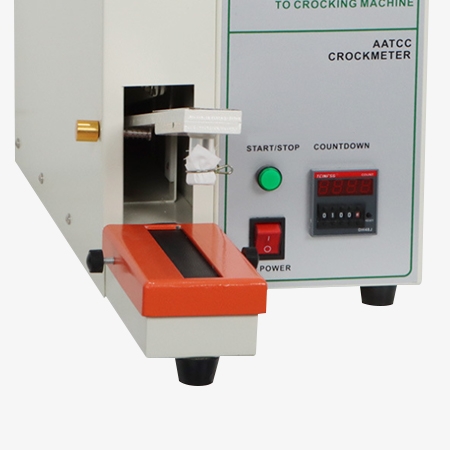
Technical characteristics of an electronic rubbing fastness tester
-
Digital Control System: Equipped with a user-friendly digital interface for easy setting of test parameters such as rubbing stroke, speed, and count.
-
Dual Mode Testing: Supports both dry and wet rubbing tests to assess performance under different conditions.
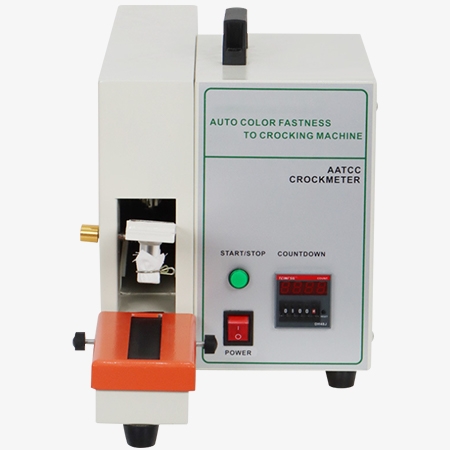
Key features of an electronic rubbing fastness tester
-
Adjustable Pressure Arm: Allows precise control over the contact force, conforming to international standards.
-
Compact and Sturdy Design: Made of high-quality materials to ensure durability and minimal vibration during operation.
- Accurate and Repeatable: Ensures consistent pressure and motion during each test cycle, providing reliable and repeatable test results.
Applications
The SISCO electronic rubbing fastness tester is a professional instrument used to test the color fastness of textiles, mainly evaluating the durability of dyed fabrics under dry and wet friction conditions. This device is widely used in textile, clothing, printing and dyeing, testing institutions and research institutes, and is a standard equipment for conducting friction color fastness testing.
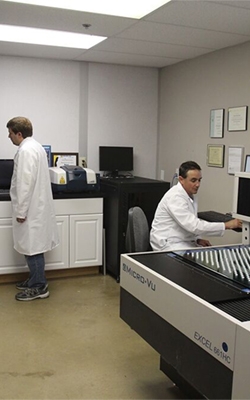 R&D center
R&D center
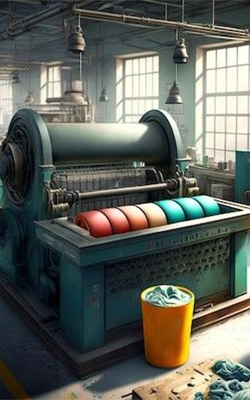 Dyeing and printing factories
Dyeing and printing factories
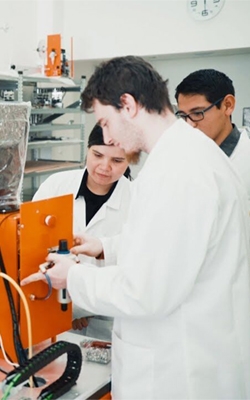 Quality control laboratories
Quality control laboratories
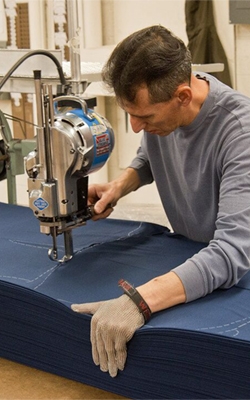 Textile and apparel industry
Textile and apparel industry
| Model | SISCO-RFT-HD5622 |
| Friction velocity | 300CPM |
| Friction hammer load | 200g |
| Auxiliary load | 300g |
| Friction hammer size | (45*50) mm |
| Test piece | (22*3) cm |
| White cotton cloth | (5*5) cm |
| Machine weight | About 20 kg |
| Friction area of white cotton cloth | About 1cm2 |
| Friction distance | 100 mm |
| Counter | Electronic 6-digit number |
| Number of friction groups | 6SET |
| Use power supply | AC220 50Hz |
| Machine size | About (50*55*35) cm |
| Motor | 1/4HP |
Packing List
- 1 x Power line
- 1 x Instructions
- 1 x Machine
- 1 x White cotton cloth
- 1 x Test piece
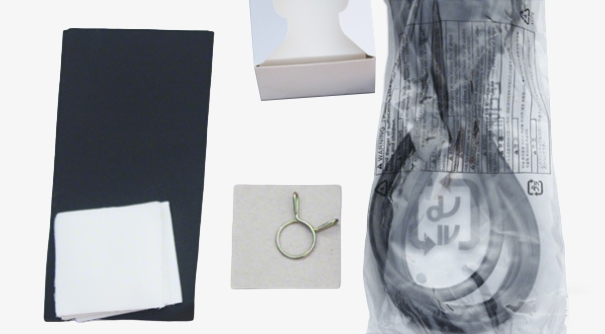
Q1: What is an electronic rubbing fastness tester?
A1: The electronic rubbing fastness Tester is a device used to test the color fastness performance of textiles, printed materials, or leather materials under dry/wet friction.
Evaluate whether dyes or pigments fall off or transfer during the friction process by simulating the friction process.
Q2: What materials is the electronic rubbing fastness tester suitable for?
A2: This device is suitable for various dyed or printed fabrics, leather, and synthetic leather, paper printing products, coating materials, and other samples that require friction fastness testing.
Q3: What is the working principle of an electronic rubbing fastness tester?
A3: Friction color fastness test is a method of simulating the friction scenario generated during actual wearing or use by repeatedly rubbing a standard friction white cloth against the tested sample under certain pressure and frequency. After the test is completed, observe whether there is staining transfer on the white cloth and compare the ratings using a gray card. It is usually divided into 5 levels, with 5 indicating no staining transfer and 1 indicating severe staining transfer.
Tips: How to use an electronic rubbing fastness tester?
An electronic rubbing fastness tester is a testing device used to determine the colorfastness of textiles to rubbing—also known as crocking. It helps check how much dye rubs off a fabric when it’s dry or wet. Here's a step-by-step guide on how to use a crockmeter properly:
1. Prepare the Sample: Cut a test specimen of the fabric (typically around 5x5 cm or larger depending on the crockmeter model).Place the fabric sample flat and securely on the base of the crockmeter, with the side to be tested facing up.
2. Prepare the Test Cloth: Use a standard white crocking cloth (usually cotton). For wet tests, moisten the crocking cloth with distilled water (not dripping wet—just damp).
3. Mount the Crocking Cloth: Wrap the crocking cloth tightly around the crockmeter finger (the rubbing head). Make sure there are no wrinkles or loose parts.
4. Set the Crockmeter: Place the rubbing finger (with the crocking cloth) in contact with the fabric sample. Typically, the crockmeter applies a standard pressure (around 9 N or 900 grams depending on standard used).
5. Run the Test: Operate the machine to perform a set number of rubs. Some machines are manual (turning a crank), others are motorized.
6. Evaluate the Result: Remove the crocking cloth after the test. Compare the amount of color transfer on the crocking cloth using a gray scale for staining.
Thank you for buying industrial test and measurement equipment on SISCO.com, all products sold by SISCO and the partner cover a 12 months warranty, effective from the date of receiving the products.
What is covered?
SISCO is responsible for providing free spare parts, and free technical support to assist the customer to repair the defective products until the problem is solved.
What is not covered?
- Product purchased from anyone other than a SISCO store or a SISCO authorized reseller.
- Expendable parts.
- Routine cleaning or normal cosmetic and mechanical wear.
- Damage from misuse, abuse or neglect.
- Damage from use of parts other than SISCO approved.
- Damage from use outside the product’s usage or storage parameters.
- Damage from use of parts not sold by SISCO.
- Damage from modification or incorporation into other products.
- Damage from repair or replacement of warranted parts by a service provider other than a SISCO authorized service provider.
- Damage caused by the application environment not meeting the product usage requirements and the failure to perform preventive maintenance.

